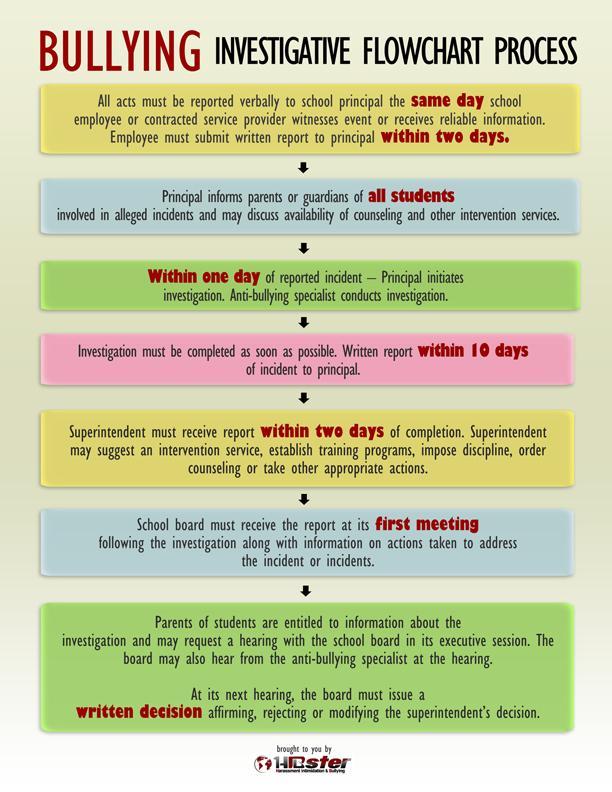Definition from NJSA: 18A:37-14:
"Harassment, intimidation or bullying" means any gesture, any written, verbal or physical act, or any electronic communication, whether it be a single incident or a series of incidents, that is reasonably perceived as being motivated either by any actual or perceived characteristic, such as race, color, religion, ancestry, national origin, gender, sexual orientation, gender identity and expression, or a mental, physical or sensory disability, or by any other distinguishing characteristic, that takes place on school property, at any school-sponsored function, on a school bus, or off school grounds as provided for in section 16 of P.L.2010, c.122 (C.18A:37-15.3), that substantially disrupts or interferes with the orderly operation of the school or the rights of other students and that:
- A reasonable person should know under the circumstances, will have the effect of physically or emotionally harming a student or damaging the student's property, or placing a student in reasonable fear of physical or emotional harm to his person or damage to his property;
- Has the effect of insulting or demeaning any student or group of students;
- Creates a hostile educational environment for the student by interfering with a student's education or by severely or pervasively causing physical or emotional harm to the student.
Harassment, Intimidation, or Bullying can be*:
- Physical: Kicking, biting, scratching, tripping, hitting, slapping, pushing/shoving
- Verbal: Hurtful teasing, name calling, gossiping, insults, teasing about clothes or looks, spreading rumors, or making threats to secure silence "If you tell, I will ..."
- Non-verbal: Defacing damaging or destroying personal property, making threatening gestures, taking small items from others/stealing, playing mean tricks
- Emotional: Intentional exclusion or spreading rumors, hate notes
- Cyber-bullying: Spreading hurtful information through email, online chats, social networking sites or text and picture messages
- Sexual: Unwarranted touching, obscene gestures or comments, exposing oneself
*the above described behavior, while violative of the Code of Conduct, constitutes Harassment, Intimidation, or Bullying only when all of the elements contained in the definition of Harassment, Intimidation, and Bullying exist; however, misconduct not found to be HIB will still result in consequences pursuant to the Code of Conduct.











